Home>Gardening & Outdoor>Landscaping Ideas>What Spider Makes A Web In The Grass
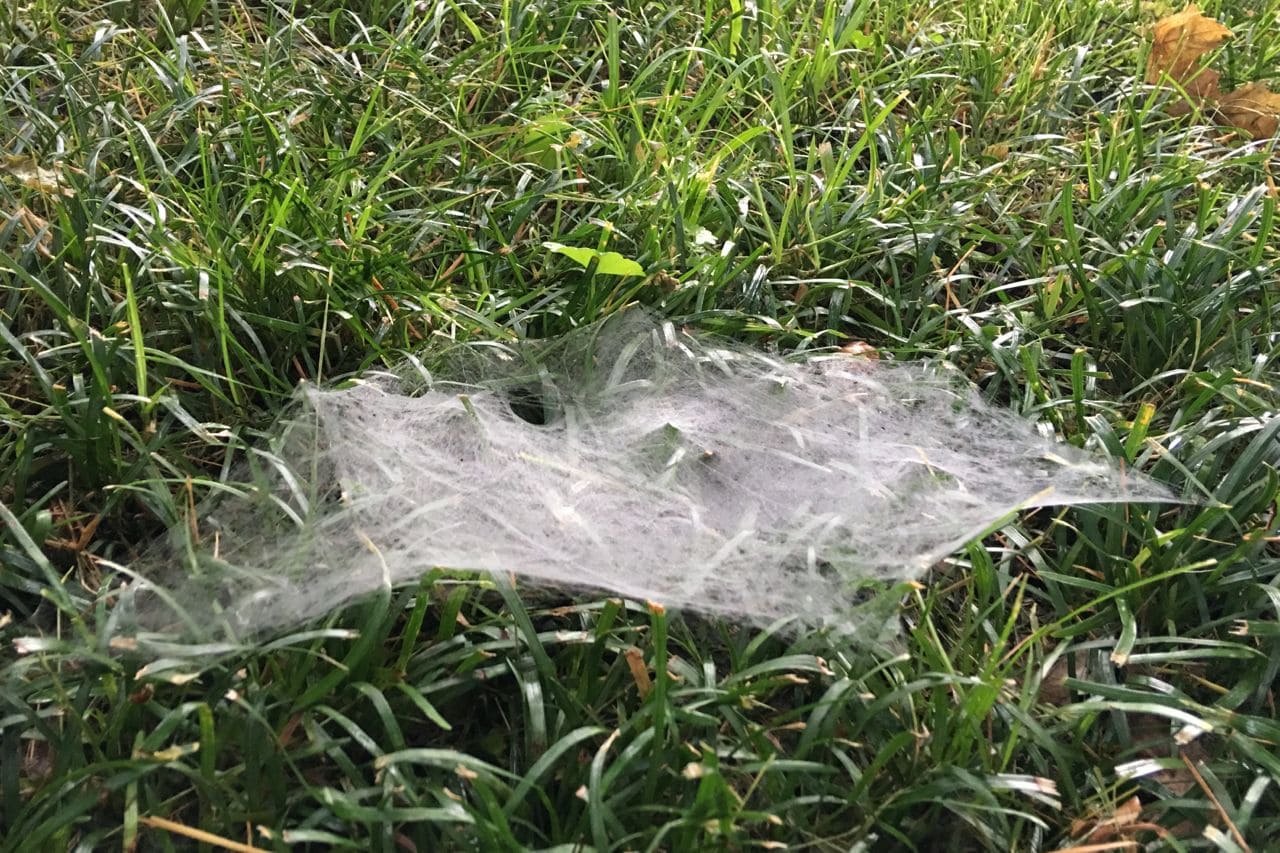

Landscaping Ideas
What Spider Makes A Web In The Grass
Published: January 30, 2024
Discover landscaping ideas for creating a beautiful garden with the right plants and design elements. Explore tips for enhancing your outdoor space.
(Many of the links in this article redirect to a specific reviewed product. Your purchase of these products through affiliate links helps to generate commission for Storables.com, at no extra cost. Learn more)
Introduction
Are you curious about the intricate world of grass web-spinning spiders? These remarkable arachnids possess a unique set of characteristics that distinguish them from other spider species. From their web-spinning prowess to their vital role in ecosystems, grass web-spinning spiders are a fascinating subject of study for nature enthusiasts and researchers alike.
In this article, we will delve into the captivating realm of grass web-spinning spiders, exploring their distinctive traits, behavior, and ecological significance. By shedding light on these remarkable creatures, we aim to deepen your understanding of the natural world and the intricate web of life that sustains it.
Join us on a mesmerizing journey into the realm of grass web-spinning spiders, where we will unravel the mysteries of their web-spinning techniques, diverse species, and the crucial role they play in maintaining ecological balance. Get ready to embark on an enthralling exploration of these remarkable arachnids and gain a newfound appreciation for the hidden wonders that thrive in the grassy landscapes around us.
Key Takeaways:
- Grass web-spinning spiders are nocturnal hunters with exceptional web-spinning skills, helping control insect populations and contributing to the balance of ecosystems.
- Their diverse species and unique traits make grass web-spinning spiders vital contributors to the biodiversity and ecological health of grassy landscapes.
Read more: How To Attach Spider Web To Brick
Characteristics of Grass Web-Spinning Spiders
Grass web-spinning spiders, also known as grass spiders, belong to the Agelenidae family and are renowned for their exceptional web-spinning abilities. These arachnids exhibit a range of distinctive characteristics that set them apart from other spider species.
Web-Spinning Expertise: Grass web-spinning spiders are adept at constructing intricate funnel-shaped webs, typically positioned in grassy or bushy areas. These webs serve as both a hunting ground and a shelter, allowing the spiders to capture prey while seeking refuge from predators and adverse weather conditions.
Physical Appearance: These spiders are generally medium-sized, with elongated bodies and long, agile legs. Their coloration varies, often blending seamlessly with their natural habitat to facilitate camouflage. This adaptive trait enables them to remain inconspicuous while awaiting unsuspecting prey within their finely woven lairs.
Behavioral Patterns: Grass web-spinning spiders are predominantly nocturnal hunters, actively foraging for insects and small arthropods under the cover of darkness. Their keen sense of vibration detection allows them to perceive subtle movements on their webs, alerting them to potential prey and potential threats.
Reproductive Cycle: These spiders typically engage in elaborate courtship rituals, with males cautiously approaching females to initiate mating. Following successful mating, the female grass spider meticulously constructs a silken egg sac, safeguarding it within her web until the spiderlings hatch.
These remarkable characteristics collectively define the captivating nature of grass web-spinning spiders, underscoring their remarkable adaptability and pivotal role in their respective ecosystems.
Types of Grass Web-Spinning Spiders
Within the diverse family of grass web-spinning spiders, several notable species exhibit unique traits and behaviors, contributing to the rich tapestry of arachnid diversity. Let’s explore some of the prominent types of grass web-spinning spiders that inhabit various ecosystems around the world:
- Agelenopsis: Commonly referred to as funnel weavers, spiders of the Agelenopsis genus are renowned for their adeptness at constructing funnel-shaped webs. These spiders are widespread across North America, where they thrive in grassy habitats and undisturbed natural settings.
- Hololena curta: This species, commonly known as the hobo spider, is recognized for its distinctive markings and robust build. Found in the Pacific Northwest region of the United States, hobo spiders are skilled hunters that rely on their intricate webs to capture prey.
- Grass Spiders (Genus Agelenopsis): These spiders are adept at blending into their surroundings, often displaying a mottled appearance that camouflages them amidst grass and foliage. Their web-spinning prowess and nocturnal hunting behavior make them valuable contributors to pest control in agricultural and natural landscapes.
- Agelena labyrinthica: Also known as the labyrinth spider, this species constructs labyrinthine webs characterized by a series of interconnected tunnels and chambers. These elaborate structures serve as effective traps for unsuspecting insects, showcasing the spider’s architectural ingenuity.
These diverse types of grass web-spinning spiders exemplify the remarkable adaptability and specialized traits that have enabled them to thrive in a variety of ecosystems, each contributing to the intricate web of life in their respective habitats.
Look for funnel-shaped webs in the grass, which are made by grass spiders. These spiders are often found in tall grass or near the ground.
Behavior and Habitat
The behavior and habitat preferences of grass web-spinning spiders offer captivating insights into their remarkable adaptations and ecological significance. These spiders exhibit distinct behavioral patterns and display a preference for specific habitats that cater to their hunting and sheltering needs.
Nocturnal Predators: Grass web-spinning spiders are primarily nocturnal hunters, utilizing the cover of darkness to actively forage for insects and small arthropods. Their keen sense of vibration detection enables them to monitor their webs for potential prey, allowing them to swiftly immobilize and consume their catch.
Web Construction: These spiders demonstrate exceptional skill in constructing funnel-shaped webs, strategically positioning them in grassy or bushy areas to maximize their hunting success. The design of these webs allows for efficient prey capture while offering the spiders a secure retreat from predators and adverse weather conditions.
Habitat Preferences: Grass web-spinning spiders favor habitats characterized by dense vegetation, including grassy meadows, shrubbery, and woodland edges. These environments provide an abundance of potential prey and offer suitable anchoring points for web construction, facilitating the spiders’ hunting endeavors.
Environmental Contributions: By preying on a variety of insects, grass web-spinning spiders contribute to natural pest control, helping to regulate insect populations in agricultural settings and natural ecosystems. Their role as predators within the food web underscores their ecological importance in maintaining the balance of local insect populations.
Overall, the behavior and habitat preferences of grass web-spinning spiders exemplify their remarkable adaptations to specific ecological niches, highlighting their crucial role in maintaining ecosystem equilibrium and contributing to the intricate web of life in diverse natural landscapes.
Importance of Grass Web-Spinning Spiders in Ecosystems
Grass web-spinning spiders play a pivotal role in ecosystems, contributing to the intricate balance of natural communities and exerting a tangible influence on local insect populations. Their significance extends beyond their role as adept hunters, encompassing various ecological contributions that underscore their importance in sustaining the health and equilibrium of diverse habitats.
Natural Pest Control: By actively preying on a wide array of insects, including agricultural pests and nuisance arthropods, grass web-spinning spiders serve as natural regulators of insect populations. Their predatory activities help mitigate the proliferation of pests, thereby reducing the need for chemical insecticides and promoting ecological harmony within agricultural and natural landscapes.
Contribution to Food Webs: Grass web-spinning spiders occupy an essential niche within local food webs, serving as primary consumers that exert top-down control on insect populations. Their predation activities influence the abundance and behavior of prey species, ultimately shaping the dynamics of the broader ecosystem and contributing to the resilience of natural communities.
Web-Associated Biodiversity: The intricate webs woven by grass web-spinning spiders provide microhabitats for a diverse array of arthropods and microorganisms, fostering localized biodiversity within their immediate surroundings. These microenvironments support a range of organisms, contributing to the overall richness and complexity of the ecosystem’s biological tapestry.
Indicators of Environmental Health: The presence and abundance of grass web-spinning spiders can serve as indicators of environmental health and habitat quality. Their populations reflect the availability of suitable prey, the presence of adequate sheltering sites, and the overall ecological integrity of the surrounding landscape, offering valuable insights into ecosystem well-being.
Through their multifaceted contributions to ecological processes, grass web-spinning spiders emerge as indispensable components of diverse ecosystems, embodying the interconnectedness of species and the intricate web of life that sustains natural communities.
Conclusion
As we conclude our exploration of grass web-spinning spiders, we emerge with a profound appreciation for the remarkable adaptations, ecological significance, and captivating behaviors exhibited by these enigmatic arachnids. From their adept web-spinning prowess to their pivotal role in regulating insect populations, grass web-spinning spiders embody the intricate interconnectedness of species within diverse ecosystems.
Through their nocturnal hunting endeavors and the construction of elaborate funnel-shaped webs, these spiders exemplify nature’s ingenuity, showcasing specialized adaptations that enable them to thrive in grassy habitats and contribute to the ecological balance of their respective environments. Their role as natural pest controllers, web architects, and indicators of environmental health underscores their multifaceted contributions to the intricate web of life that sustains natural communities.
By gaining insights into the behavior, habitat preferences, and ecological importance of grass web-spinning spiders, we deepen our understanding of the complex interactions that shape the dynamics of ecosystems and the delicate balance that underpins the natural world. These spiders serve as living testaments to the resilience and interconnectedness of species, highlighting the profound impact of individual organisms on the broader tapestry of life.
As we continue to marvel at the hidden wonders thriving amidst grassy landscapes, let us cherish the presence of grass web-spinning spiders as emblematic of nature’s boundless diversity and the enduring quest for survival and adaptation. Their silent yet significant contributions to ecological processes remind us of the intricate web that connects all living beings, underscoring the need for conscientious stewardship of our natural world.
May our newfound appreciation for grass web-spinning spiders inspire a deeper reverence for the marvels of the natural world and ignite a sense of wonder for the countless unsung heroes that shape the fabric of life within the grassy realms that envelop us.
Frequently Asked Questions about What Spider Makes A Web In The Grass
Was this page helpful?
At Storables.com, we guarantee accurate and reliable information. Our content, validated by Expert Board Contributors, is crafted following stringent Editorial Policies. We're committed to providing you with well-researched, expert-backed insights for all your informational needs.
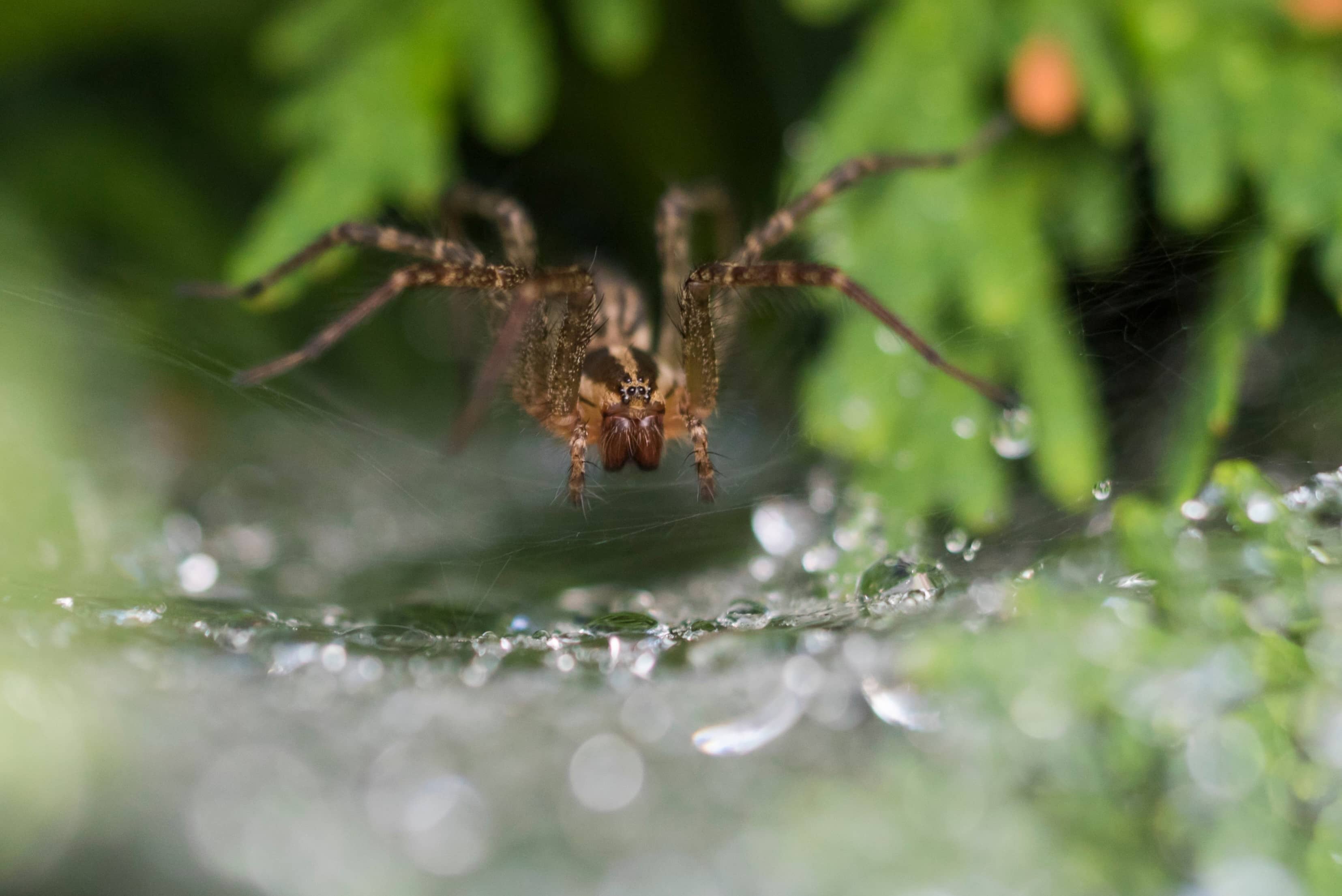
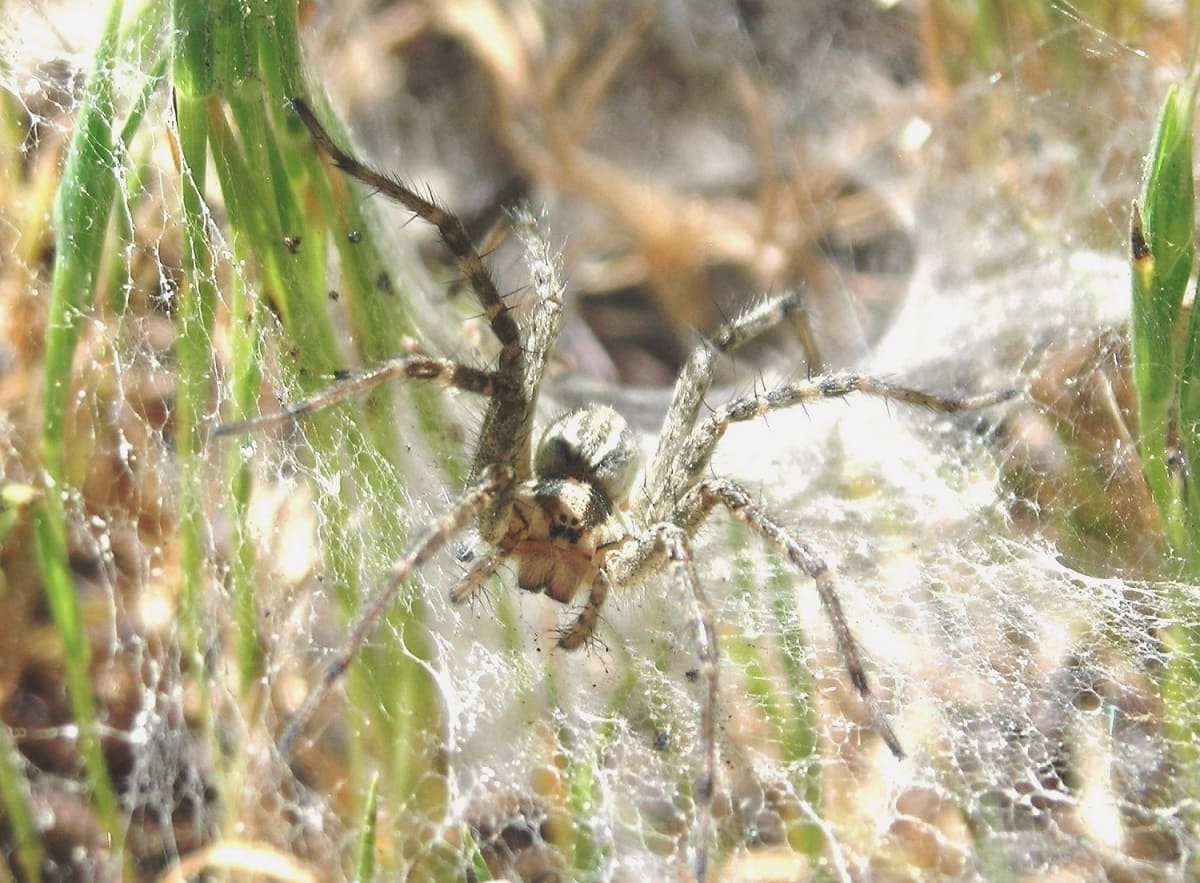
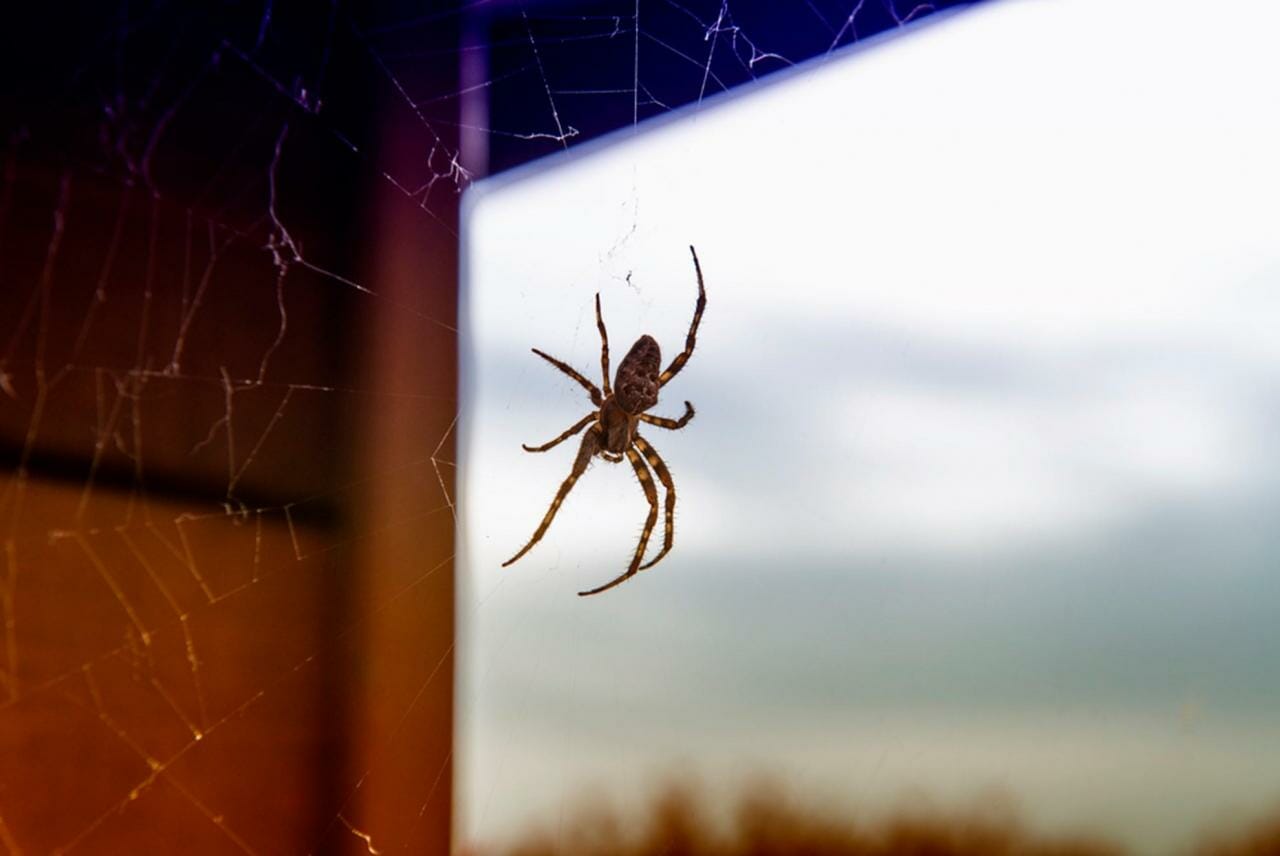

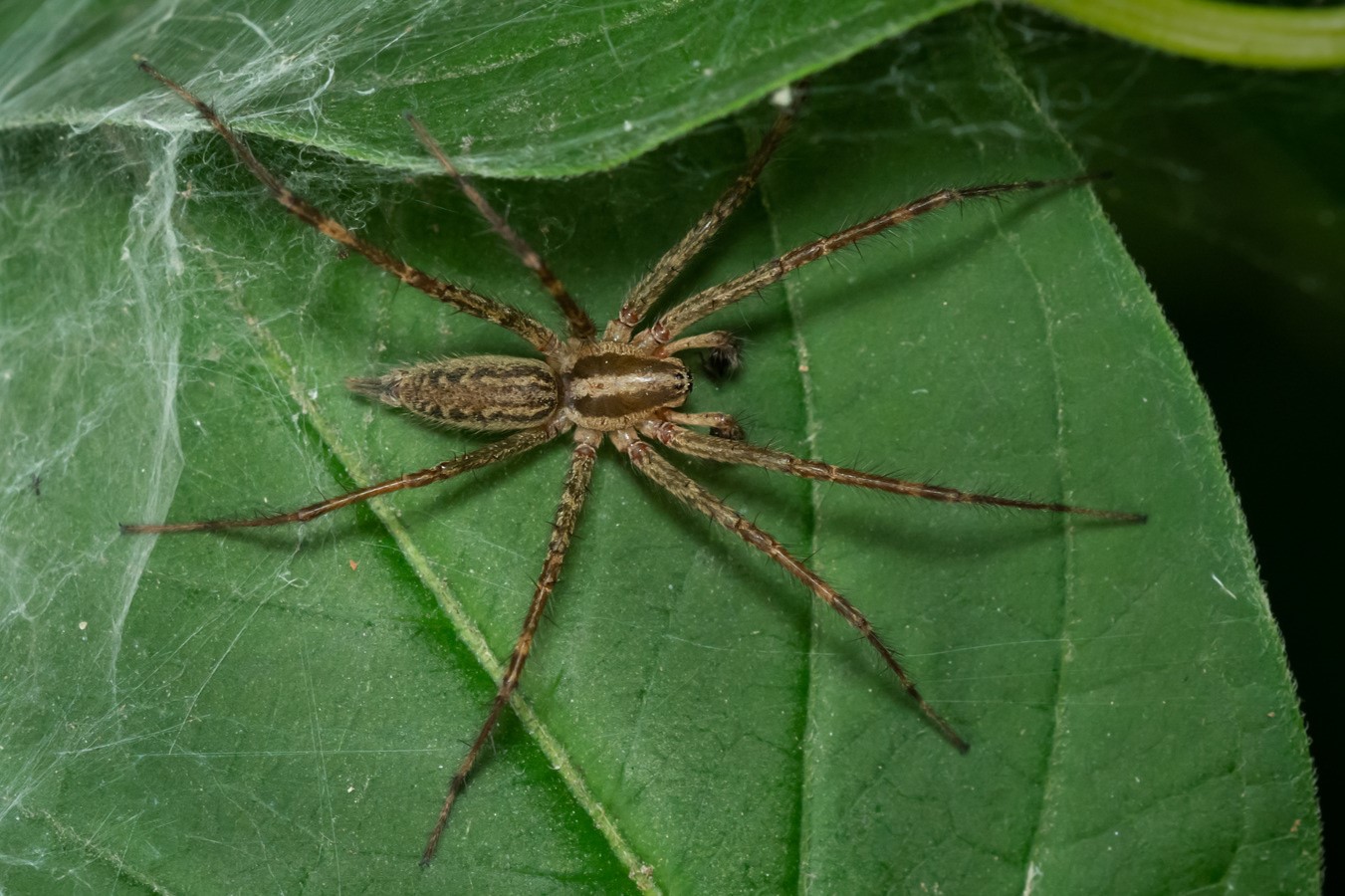
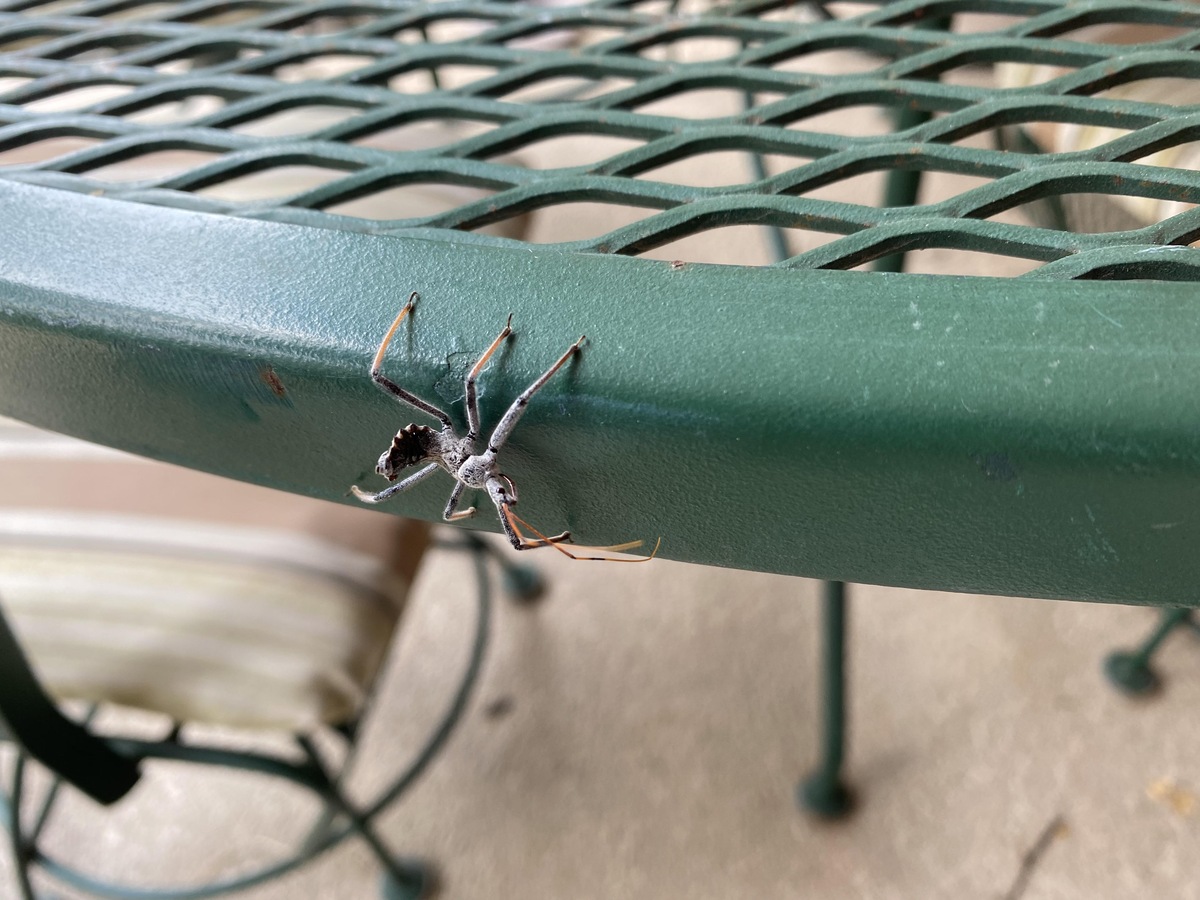

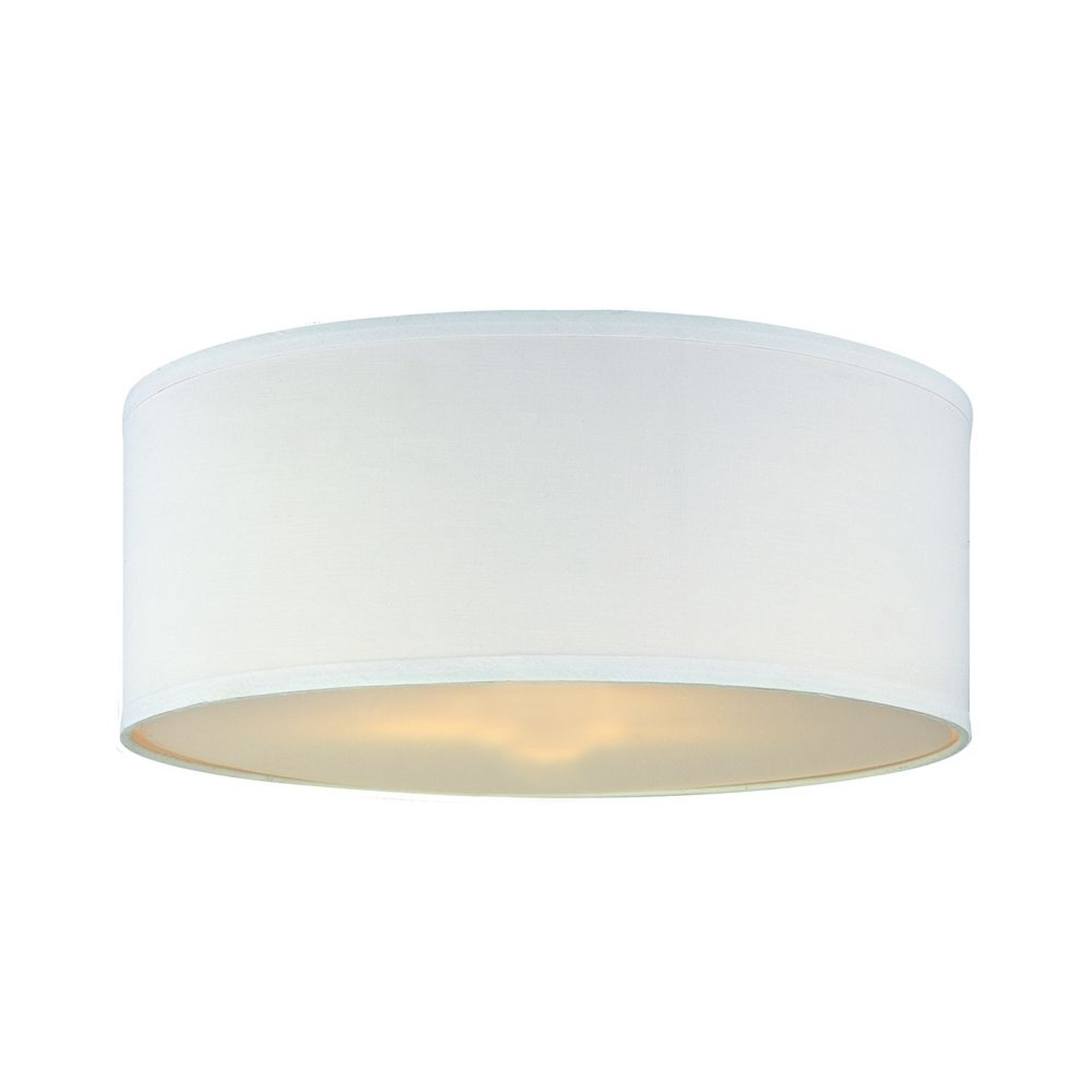
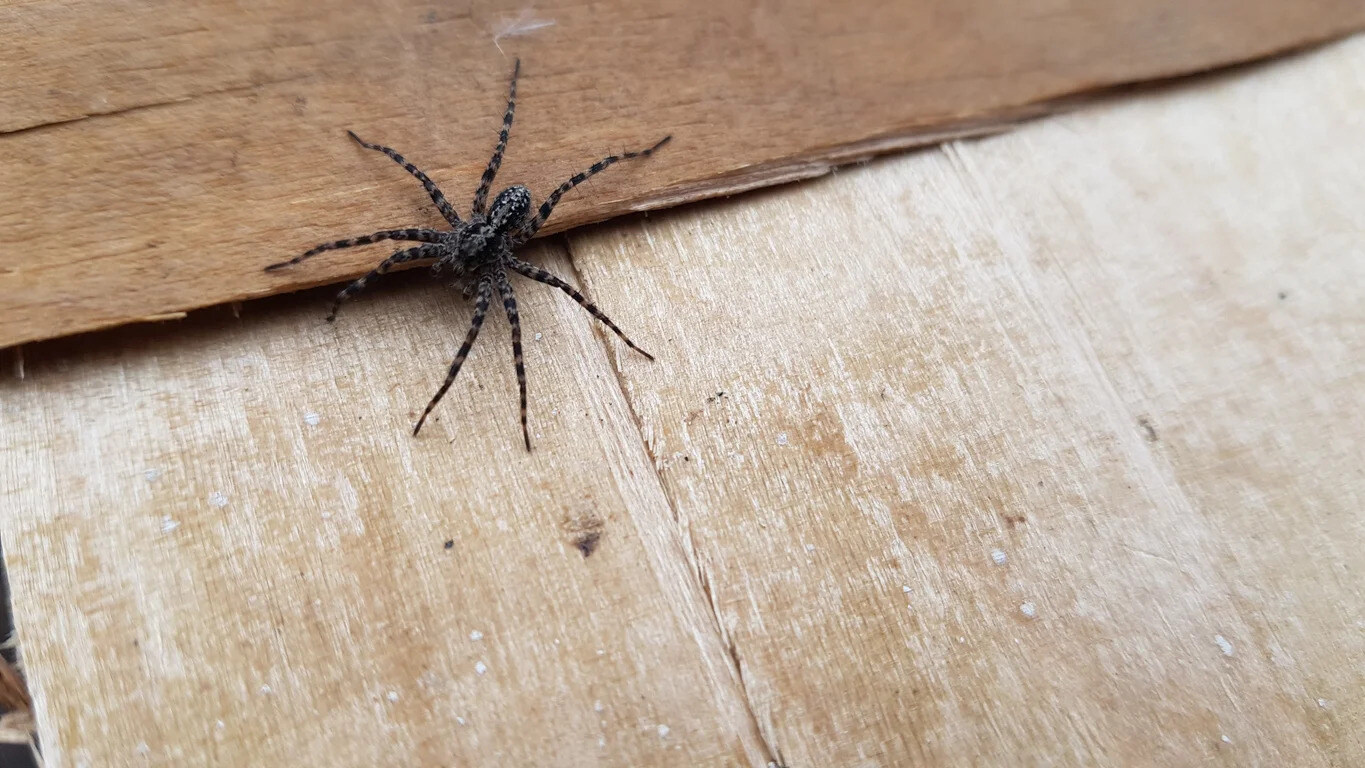
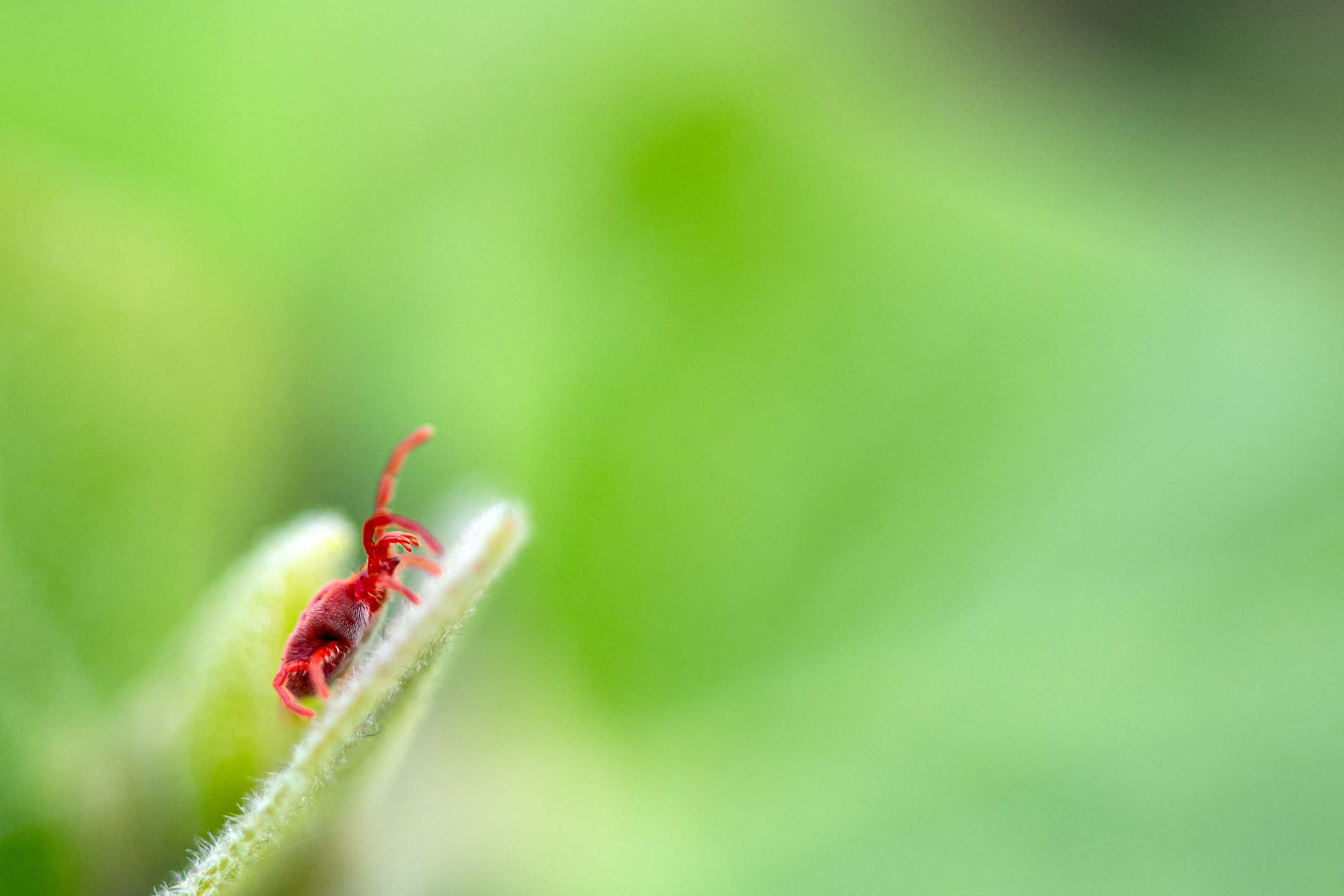
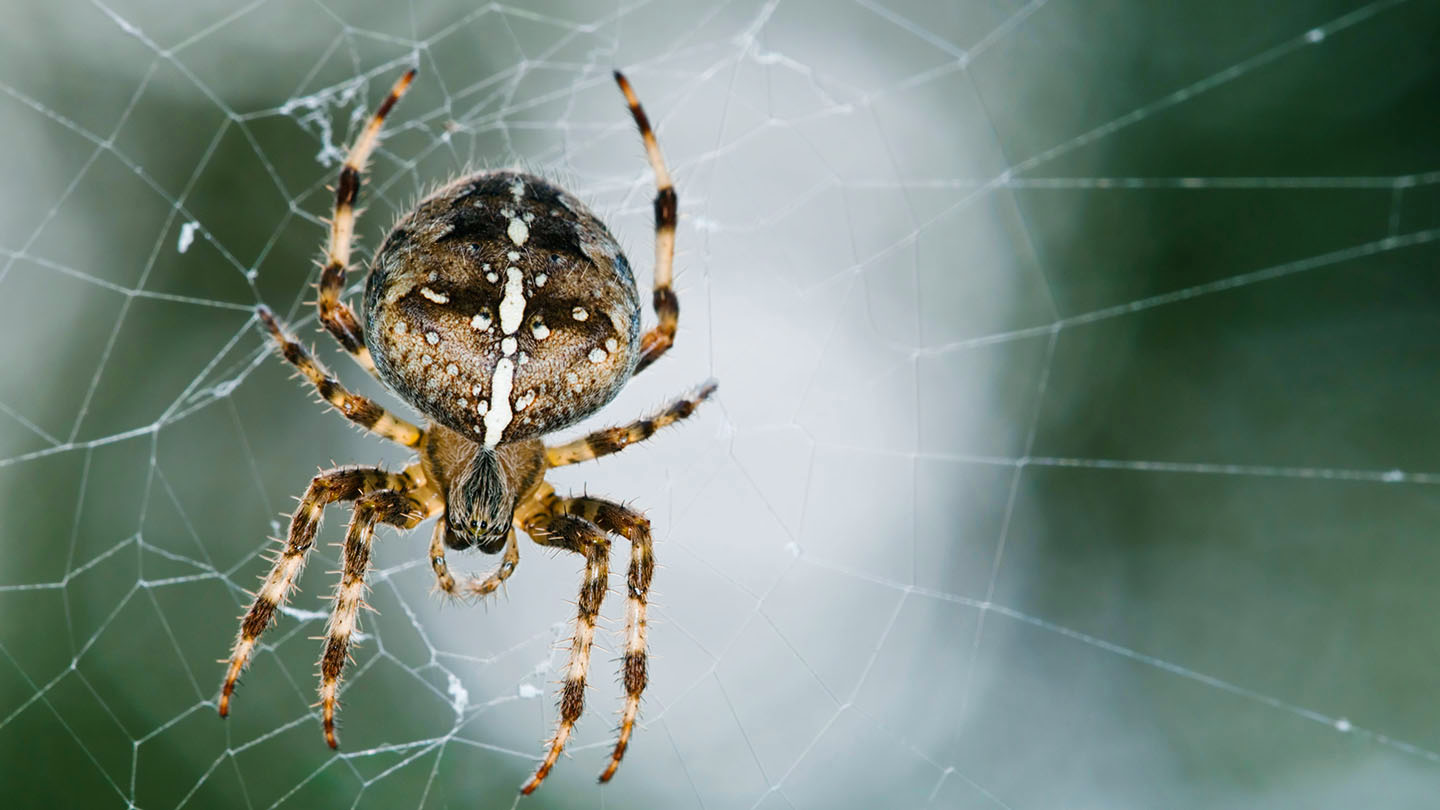

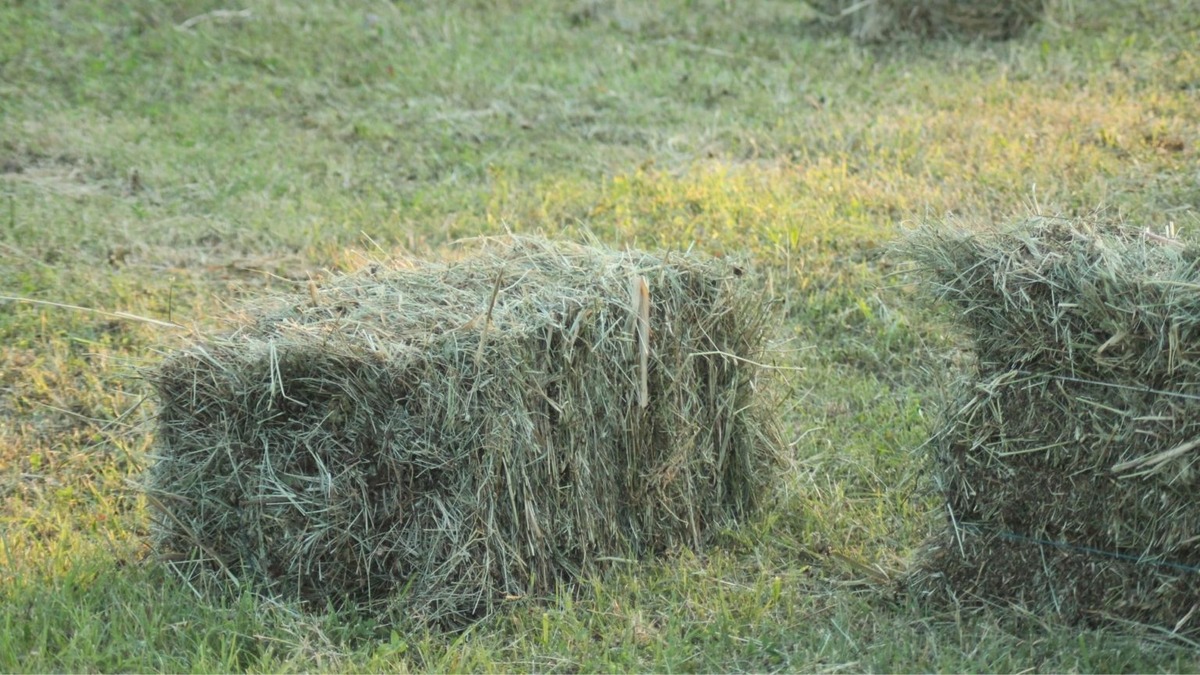
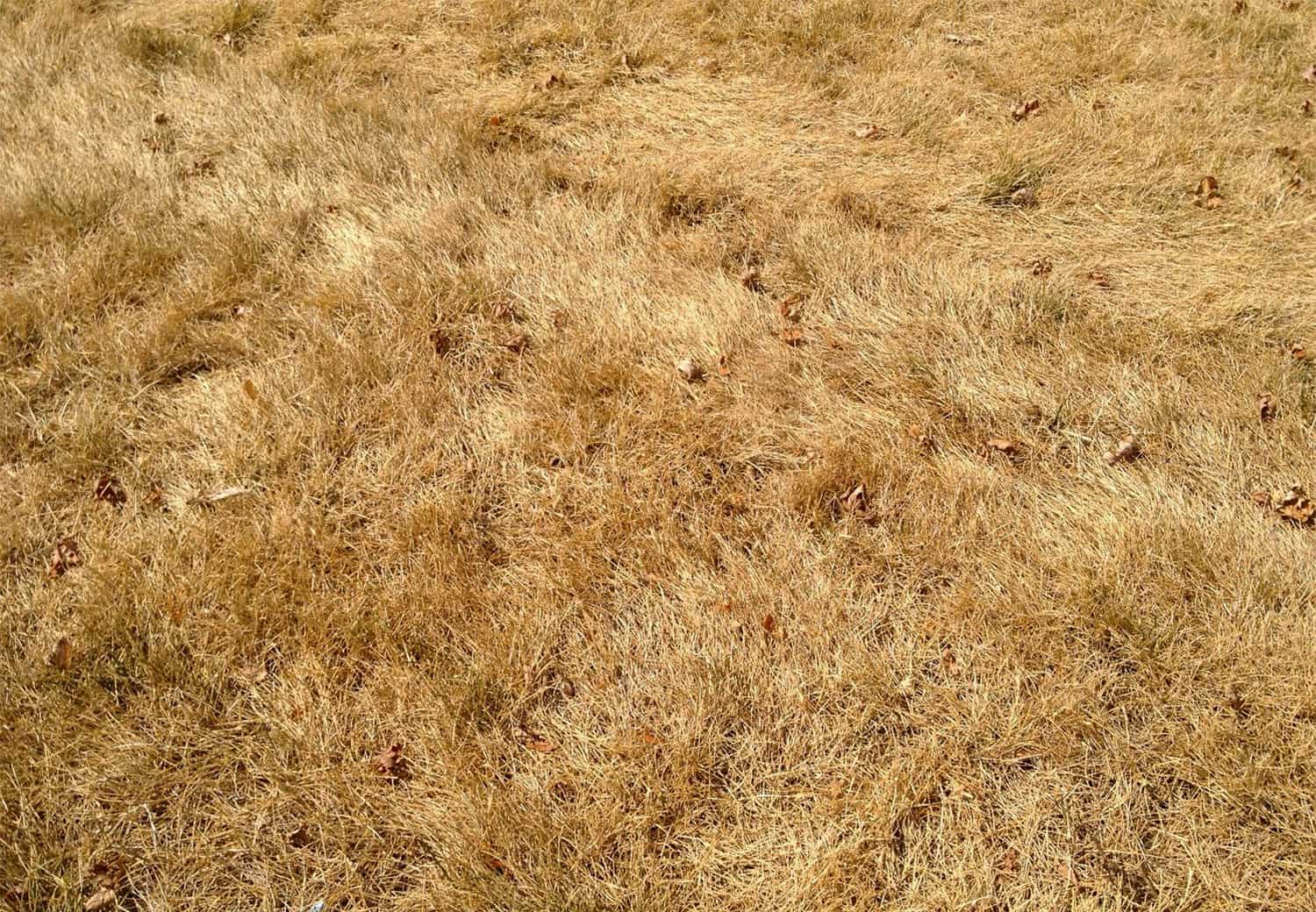

0 thoughts on “What Spider Makes A Web In The Grass”